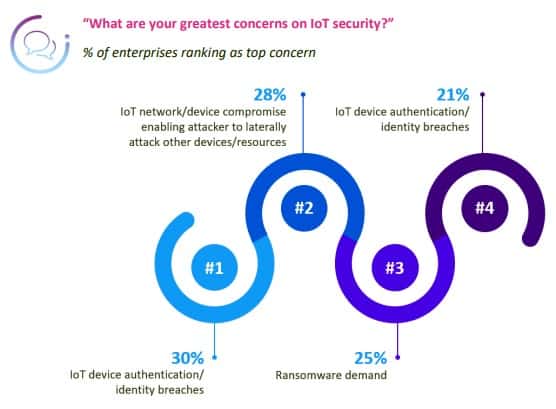5 point strategy for accelerated IoT adoption – Technologist
APAC’s digital transformation of enterprise has been slower than the rest of the world. However, with investments on the rise, APAC is expected to soon accelerate fast, pushing the adoption of IoT into unprecedented growth and giving IoT scale like never before.
Commissioned by Telenor, the OMDIA study found that 20% of enterprises in APAC anticipate their IoT deployments to reach beyond 500,000 devices that can be connected wirelessly to a network and used to transmit information within the next 12 months.
The study forecasts that emerging IoT adoption in the region, particularly from India, Pakistan, Bangladesh, Indonesia and Thailand, is expected to push the 14.5 billion IoT devices in circulation today to a forecasted 38.9 billion IoT devices by 2030.
Seth Ryding, chief sales officer (CSO) and head of Telenor IoT Asia says digitalisation and sustainability are moving to the core of companies’ future strategies.
“IoT and digitalisation are no longer an option for enterprises in the region, but a necessity – as technology hardware, connectivity and software takes centre stage in the digital future.”
Seth Ryding
Challenges unique to APAC
Unique challenges drive APAC in ways not seen in the rest of the world – population growth in megacities combined with a need to reach widely spread remote areas, the increasing pressures of urban mobility and energy demand, and the wider political landscape (including newly introduced/revamped policies or guidelines to steer deployment).
This takes place in an IoT vendor market that is fragmented, with enterprises challenged by the complexity and concern of cybersecurity.

IoT devices include any physical object that can connect wirelessly to the internet and transmit data, such as smart watches, printers, meters, speakers, and even kitchen appliances and automobiles.
The report specifically highlights the drivers behind fast-moving automotive digitalisation and IoT efforts, particularly in fleet management.
The vertical view also covers how IoT is enabling a streamlining of processes in transportation and logistics as well as a clear link to the sustainability agenda in the growing application of IoT in APAC energy, utilities, and resources enterprises.
Conclusion
The report concludes as IoT deployment goes into high gear, enterprises should consider the following with their projects:
- Consider connectivity from the country-level
- Seek proven integrated IoT security solutions
- Build-in a sustainability-first approach
- Plan for the complexity of IoT integrations
- Choose the right partners